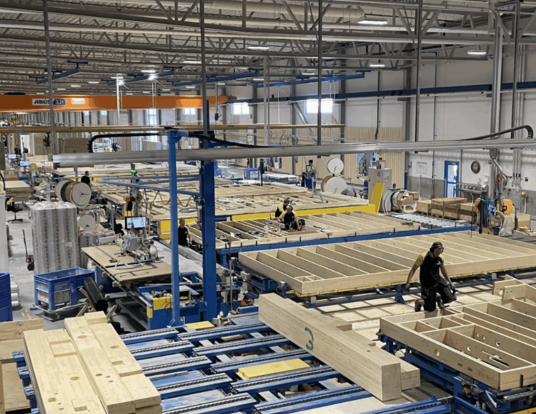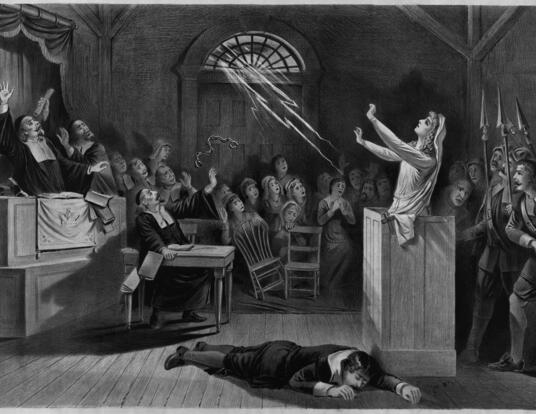All You Need Is Wug
Jean Berko Gleason, PhD ’58, on the ways children learn language
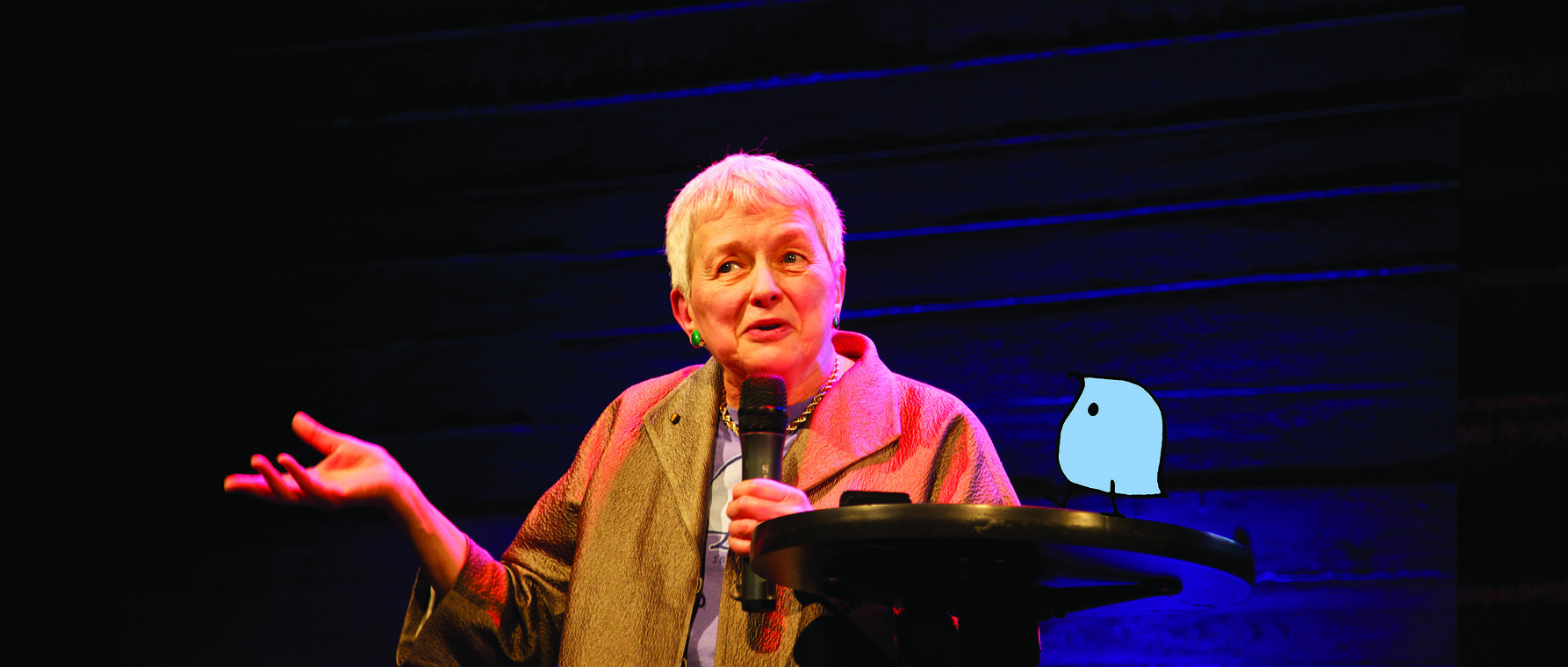
For over 60 years, Jean Berko Gleason, PhD ’58, has been a leader in the study of the way human beings acquire language. Now professor emerita at Boston University, Gleason reflects on her time at GSAS, the field of psycholinguistics, and the groundbreaking “Wug Test” that forever changed scientists’ understanding of how children learn language.
How did your interest in language start?
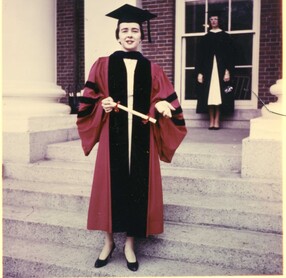
My brother was six years older than me. He was a really nice person and very smart, but he had cerebral palsy. I was acutely aware from an early age of my brother's agony, being trapped inside a body that didn't really do what he wanted it to do. People said they couldn’t understand him when he spoke, but I always could. So, I guess I was a translator. That experience of being close to a person who suffered and being aware of the communication pressures around him made me more sensitized to language than I otherwise might have been
You studied history and literature as an undergraduate at Radcliffe. Why did you decide to get your PhD in linguistics and social psychology?
I took all of these language courses in college and loved them, but I realized that there was something else I wanted to know. So, when I was a senior, I took a course with a young assistant professor named Roger Brown called “The Psychology of Language.” He talked all about language: how we acquire it, process it, produce it, and comprehend it. And I just said, “This is what I have to do.” I decided that I wanted to go to graduate school to study linguistics.
In fact, Roger Brown became your graduate advisor. How did that relationship shape your PhD work and your career?
Roger Brown was the major influence on my life. He was a wonderful mentor. Brilliant. Generous. The kind of person who would say, “Okay, you know you did more work on this article, so your name goes first.” We wrote some great things together: chapters in major books about psycholinguistics. And he was also funny. It was hard to believe we got so much work done because we were having so much fun. I learned a lot from him and I'm forever grateful.
Most folks know what psychology is. Many know what linguistics is. What is psycholinguistics?
A linguist looks at a language and analyzes it. They can say, “Here's the way it works. Here are the set of sounds for the three regular plurals in English. Here are the rules.” Psycholinguistics deals with the actual mental processes that are involved in acquiring language, in understanding language, in producing language, and, ultimately, in losing language.
In the 1950s, you created a new way to study language acquisition in children: The Wug Test. Can you explain what it is and how it works?
As I said before, we can analyze language. We can say, for instance, “Here's the way you make the plural. Here's the way you make the past tense.” And we know that adults can make plurals and the past tense. We know that if we give them a new word, they don’t have to go to the dictionary to find out what the plural of it is. But what about kids? Are they just being taught “This is the ‘dog’ and now there are two ‘dogs’; this is a ‘book’ and now there are two ‘books’”? Or at some point are they internalizing these rules? That’s what we wanted to discover.
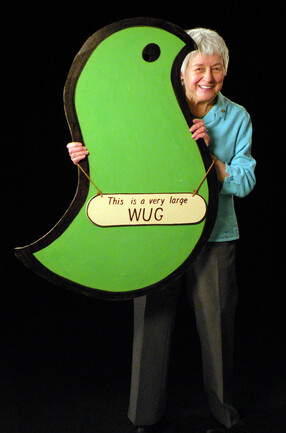
So, I went to the Harvard Coop and bought some five by seven cards and a pack of colored pencils and made these drawings. Then we made up words that the kids had never heard before to describe the pictures. One was “wug.” It’s a little creature. It looks like a bird.
We showed the pictures to kids in kindergarten, first, and second grade and asked them to use basic English grammar—plurals, past tenses, progressive of the verb—again, with words they didn’t know. We showed a picture of one bird and said, “This is a wug.” Then we showed a picture of two and asked them to make the plural: “These are two ___?” And the child would say, “Wugs.” Or “This is a man who zibs. He is a ___.” And the child would say, “Zibber.”
What we found was that children behave in very predictable ways. The most common and regular grammatical forms are how they answer, and they mostly do it in the same way. It’s not just memorization or imitation. A four-year-old knows basic plurals and how to make an agent out of a verb. Because people liked the picture of the bird, it became known as the “Wug Test.”
Some linguists say that language is innate. Some say it’s acquired through interactions with parents who model language, rewarding correct usage and ignoring “bad attempts.” As you look back on a lifetime of research, what does it tell you about the way we learn language—and about the nature versus nurture debate?
I’m an interactionist. I don’t think you come innately with grammar. I believe that you build your brain. And kids have to have, not just input, but an affective component as well. You’re not going to learn language from somebody playing the television set at you. Language is about communication with other people. It’s not a purely cerebral activity. Children need interaction and they need love in order to learn.
That said, we have a brain that has a potential for acquiring language that other animals don’t have. I mean, primates can do amazing things, but they’re not going to write a disquisition on theology. So, I’m in the middle. Humans are different, but they need a lot of exposure, a lot of experience, and a lot of interaction to acquire language.
Photos courtesy of Jean Berko Gleason
Get the Latest Updates
Join Our Newsletter
Subscribe to Colloquy Podcast
Simplecast




